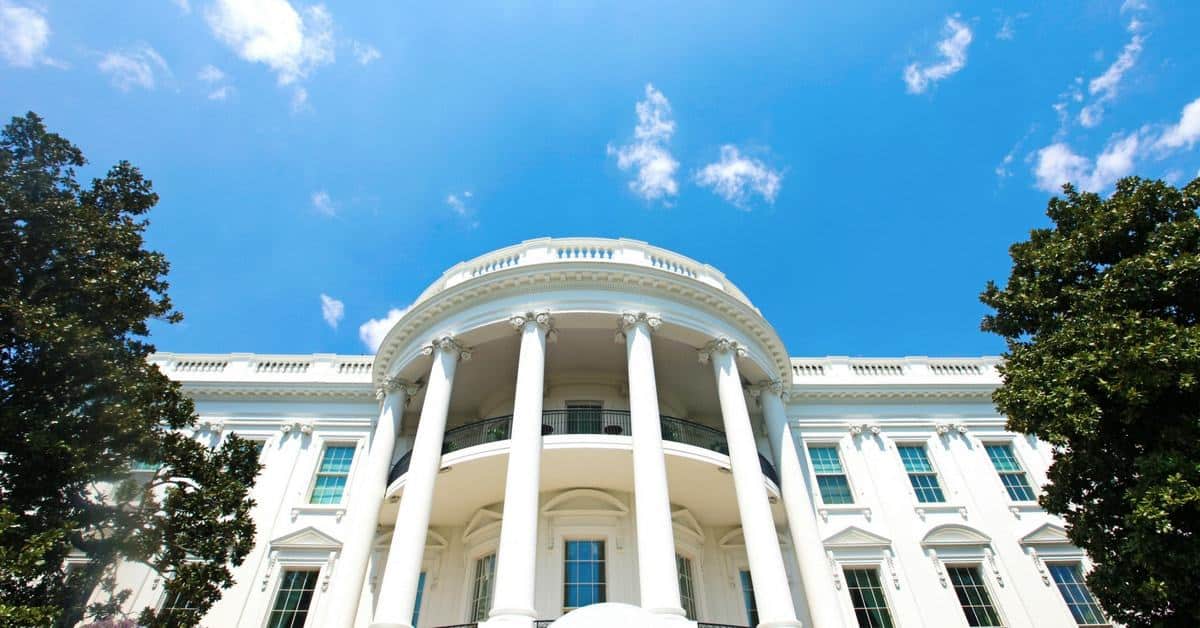
In my opinion, there are two indisputable truths about President Trump’s 100 Day Agenda and its impact on the global financial markets.
First, financial markets (particularly equity markets) hate uncertainty. Second, Corporate earnings are the ultimate driver of stock market returns over the long term.
Truth #1: Financial Markets Hate Uncertainty
Economic and corporate earnings forecasts hold investors’ attention every quarter and year-end but they are only estimates and lack any true visibility.
Projections about the future are, after all, uncertain and far from guaranteed. Absent the quarterly earnings watch, markets react to news and rumor, be it good or bad, confirmed or speculated. Add geopolitical or socioeconomic turmoil to the mix and the uncertainty and potential volatility of the markets increase.
As investment advisors, we are committed to developing global asset allocation strategies for our clients that seek to marry risk and reward with time horizons and planning objectives.
In this capacity, we recognize that many micro and macro economic factors can be diversified away by adding various strategic investments.
Other factors that can not be addressed by allocation modeling must instead be endured. In November of 2016, the markets had reconciled to Hillary Clinton being elected as the next president of the United States.
As the election results came in during the evening, the Dow Jones futures index declined by over 800 points and global markets responded in kind. I opted to get in front of the news cycle by contacting my clients and reassuring them while reminding them to keep their focus on their long term goals which should not be swayed by short-term market gyrations.
By the time I had constructed my email and began sending it to my clients, the markets had opened, stabilized and turned higher.
The U.S. equity markets managed to return roughly 5 to 6% as measured by most major indices during Trump’s first 100 days in office (11.4% return on the S&P 500 since his inauguration).
Stock investors remain optimistic about the market upside presumed to accompany a Trump presidency even though major legislative wins have not materialized and the downside risks are significant.
Volatility and uncertainty are the norm in financial markets. The Trump presidency feeds this uncertainty, yet, since Trump’s inauguration, VIX readings (an index that tracks volatility) are at historic lows. A principle to consider under such circumstances?
“Buy when others are fearful and sell when others are confident.”

Truth #2: Corporate Earnings Drive Long-term Equity Returns
The second truth about the markets, that earnings are the ultimate driver of long-term equity returns, invites examination of the current state of the market.
Economic growth forecasts are muted (1-2% GDP) and an eight-year U.S. bull market with no significant interruption looks long in the tooth.
Frequent market highs must be put into perspective (DJIA, NASDAQ) as the incremental difference of one or two points to an index trading in the thousands should not stir much excitement.
Based upon many metrics perhaps international equities represent a better value than domestic stocks. That said, history suggests a six-month rally in the wake of market gains during Trump’s first 100 days. But where does that leave us by year-end 2017?
Policy implementation and realization will prove or disprove this rally. While there has been a short-term boost in domestic growth for 2017-2018, trade and immigration policies may stifle growth longer term.
Core inflation and the federal funds rate may increase under the strain of federal deficit spending and tighter policy measures may initiate or exacerbate an economic slowdown.
The Republican agenda favors pro-business positions such as infrastructure spending, deregulation, individual and business tax reform and international treaty renegotiations.
The Trump agenda, by contrast, appears disjointed and often times contradictory.
Think immigration bans concurrent with an infrastructure spending push while the U.S. faces a reduction in the domestic working age population and the very industries to benefit (e.g. construction) are heavily populated by immigrant workers.
Some sectors have performed well based principally upon pro-business rhetoric (e.g. financial, energy, industrial). The interval from rhetoric to public policy to implementation to realization could take years.
Meanwhile, the President’s early morning tweets and rambling interviews move markets, shake investors and destabilize the global status quo.
At the end of the day, the financial markets will stand on their own merits and advance or decline based on fundamentals and earnings.
President Trump’s rhetoric may yet prove to be a tale, full of sound and fury, signifying nothing.
Want to stay up to date on current events and how they affect the market?
Enter your email below and we'll keep you updated!






